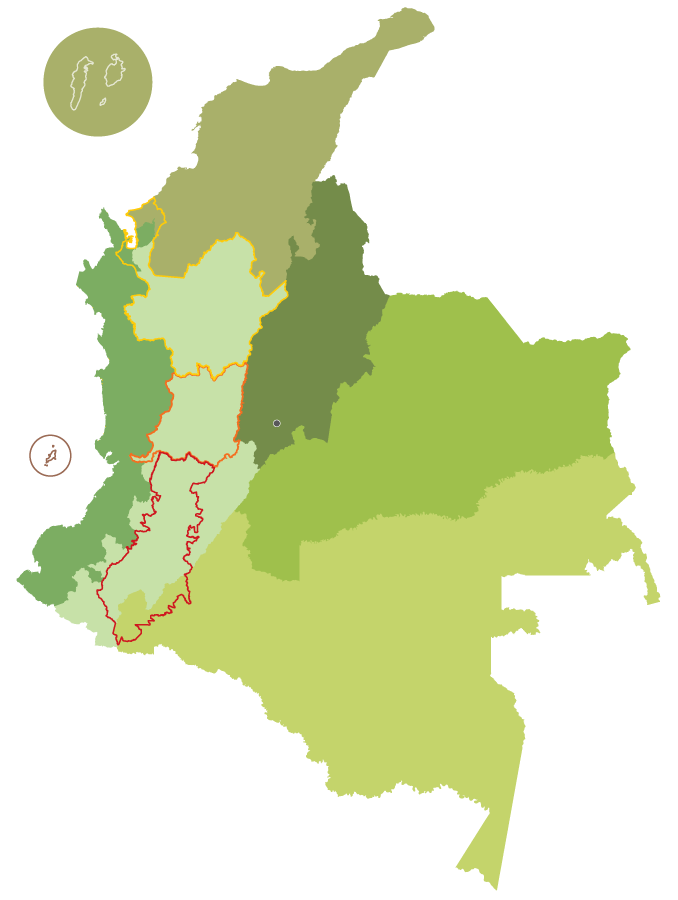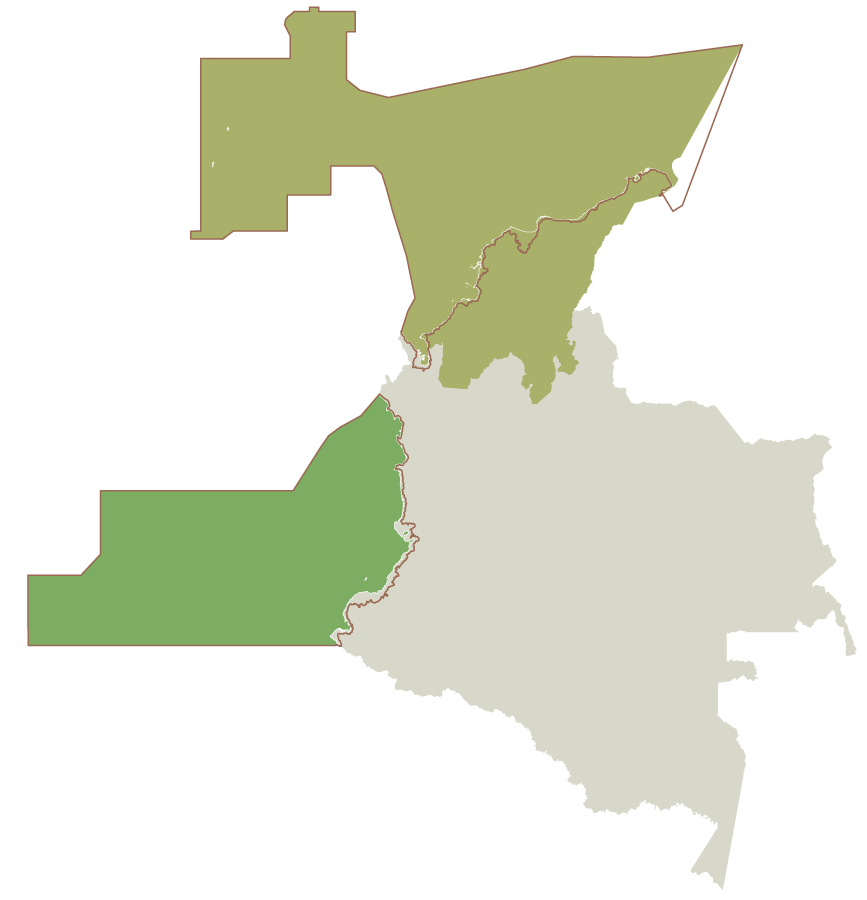Colombia is close to fulfilling its international commitments related to the management of protected areas with a growing system of protected areas that should be strengthened to appropriately handle economic, social, and environmental challenges in the following decades.
Colombia has made an effort to implement Protected Areas (PA) as one of its major strategies for conserving biodiversity. PAs are composed by Regional Systems of Protected Areas (SIRAP for its initials in Spanish), which in turn are part of the National System of Protected Areas (SINAP for its initials in Spanish). The SINAP includes a varied, yet insufficient, list of categories, social and institutional entities, governance systems, and conservation goals. Presently, Colombia is close to achieving Aichi Target 111 established by the Convention on Biological Diversity with 13.71% of the continental territory and 8.4% of marine and insular areas under protection1.However, the current system is evidently insufficient because both the country and the world continue to lose biodiversity.
According to the National Registry of Protected Areas (RUNAP for its initials in Spanish), the SINAP is composed of 640 areas (consultation date: August 2015). These correspond to the National Natural Parks System (SPNN for its initials in Spanish), which have the greatest extension, and Nature Reserves of the Civil Society (RNSC for its initials in Spanish), which are more numerous. Historically, Colombia has increased the number and extension of PAs. Nevertheless, it is important to analyze if this growing trend has entailed corresponding increases in ecosystem representativeness and if the most strategic areas have been included, according to what is stated in CONPES 3680. A superficial evaluation of their history indicates that these recommendations have not been included in the SPNN until recently. In the case of regional PAs, the CONPES 3680 document did not include regional priorities and so their declarations answer to different interests. Lastly, for the RNSC this aspect has not been considered because they contribute chiefly to social valuations of biodiversity.
The declaratory of protected areas must be supplemented by reinforcing other aspects such as connectivity, sectorial and administration integration, management, and implementation of other forms of governance. It must likewise be accompanied by new and more innovative conservation measures with the goal of meeting all the elements considered by Aichi Target 11. PAs are still recognized as key strategies to conserve biodiversity around the world; however, the feasibility and convenience of increasing the number of PAs in Colombia is questionable. For example, despite their significant levels of transformation, regional PAs have a great potential to protect ecosystems with low representativeness in PAs, such as the tropical dry forest, whereas national PAs have a more restricted field of action due to the lack of normative flexibility that hinders settling interests with other sectors.
In sum, the complex task of conserving biodiversity, especially in the face of climate change and the Colombian post-conflict phase, is a permanent and conjunct compromise for the Government, academia, and society. In this sense, it is time to reevaluate the paradigms of conservation measures and forms of governance, encourage innovative strategies, and renounce to narrow and rigid normative frameworks. In a changing world, conservation strategies must also adapt to change.

